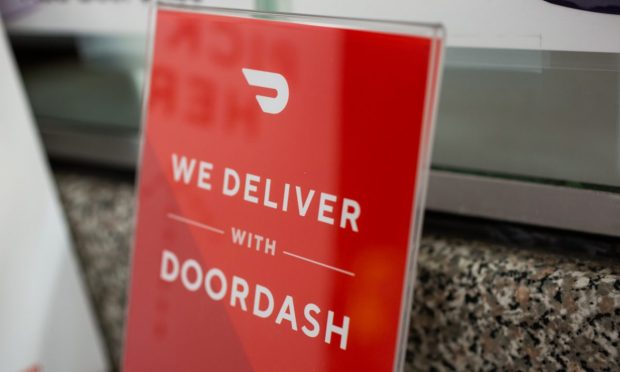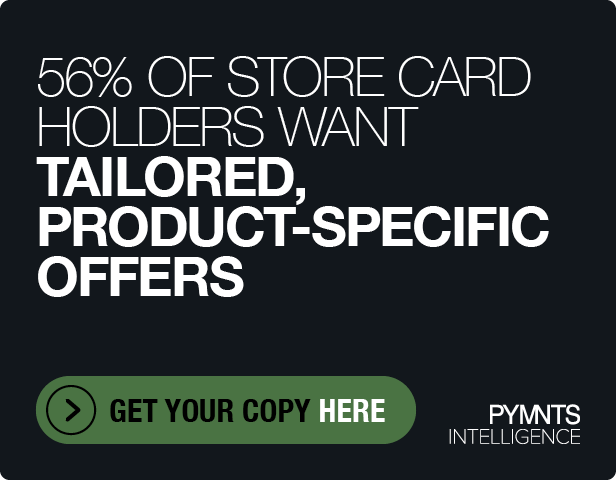DoorDash Aims to Make Its Subscription as Popular as Netflix

DoorDash wants its DashPass subscription offering to reach the scale of Netflix and Amazon Prime.
On a call with analysts Thursday (Feb. 16) discussing the San-Francisco-based aggregator’s fourth quarter 2022 financial results, CFO Prabir Adarkar (soon to take over as president and COO) stated that, while DashPass membership continues to grow, there is a long way to go.
“There’s a lot of room to grow. If you think about the size of the DashPass program, 15 million subs. It’s still a far cry from other programs, whether it’s the number of Netflix members or Prime subscribers,” Adarkar said. “There’s a lot of room for us to continue growing, and we’re happy with the pace of growth historically and we’re not seeing any signs of that slowing down.”
DashPass membership grew by about 50% over the course of 2022, from 10 million at the close of 2021 to 15 million. That said, it remains an order of magnitude smaller than the subscriptions Adarkar cited. Netflix ended 2022 with 231 million paid memberships, per its most recent earnings report, and PYMNTS data from last year estimated Amazon Prime membership at 171 million.
In the past several months, DoorDash has been looking to grow adoption of the subscription offering with Gen Z, most recently announcing earlier this month a partnership with education technology company Chegg, enabling college students who are subscribed to the latter’s Study Pack program to get a free DashPass Student membership.
Yet, Adarkar argued that this kind of partnership-based marketing is not core to the brand’s strategy. Rather, the company relies on strategies that better set the program up for long-term success — a not-so-subtle allusion to competitor Grubhub’s strategy of giving away free yearlong subscriptions via partnerships with other companies.
“It’s not been partnership-driven as some of our competitors might be,” Adarkar said. “The majority of our growth, at least as far as the DashPass program goes, is from our own channels, as well as through traditional performance marketing channels.”
Additionally, the company has also been expanding its offerings well beyond just on-demand food delivery. For instance, last month, DoorDash announced that it was launching a new “Package Pickup” feature, through which consumers can request a driver to pick up prepaid UPS, Postal Service and FedEx packages to be returned to the designated location.
The company’s efforts seem to be working. Research from PYMNTS’ Provider Ranking of Aggregators, which leverages a proprietary combination of publicly available information as well as app usage data to which PYMNTS has access, finds that DoorDash remains far and away the top-performing aggregator, scoring a near-perfect 98, well ahead of second-place challenger Uber Eats’ 90. This ranking accounts for factors such as channel coverage, up-to-date downloads, monthly average users, sessions per user and average session length.
Moreover, adoption-wise, DoorDash is in the lead in the U.S. Research from PYMNTS’ study “The Digital Divide: Regional Variations in U.S. Food Ordering Trends and Digital Adoption,” which drew from a survey of more than 2,500 U.S. consumers, found that 71% of aggregator customers use DoorDash, and a significantly lower 48% use Uber Eats.
Yet, overall, aggregator adoption has a ways to go. Research from PYMNTS’ study “The 2022 Restaurant Digital Divide: Food Aggregators Find Their Footing in Q2,” which draws from a survey of more than 2,200 U.S. consumers, found that 10% of orders are placed online through the restaurant’s app or website, while only 3% are placed on aggregators. On the other hand, 78% are placed in person.
